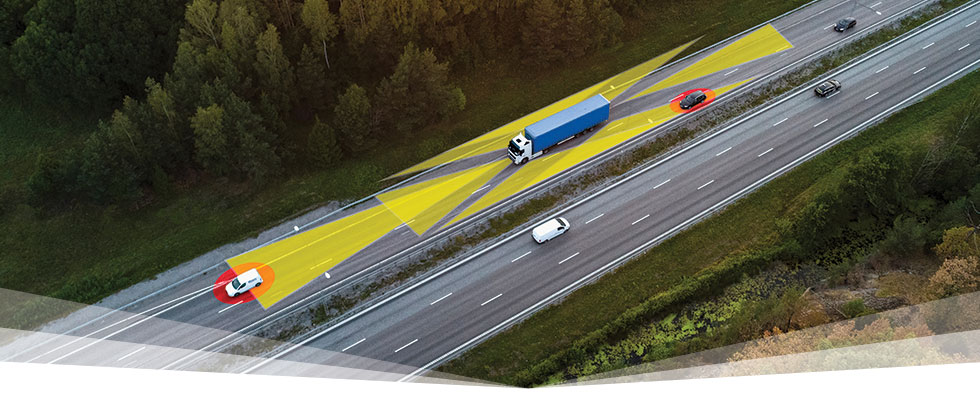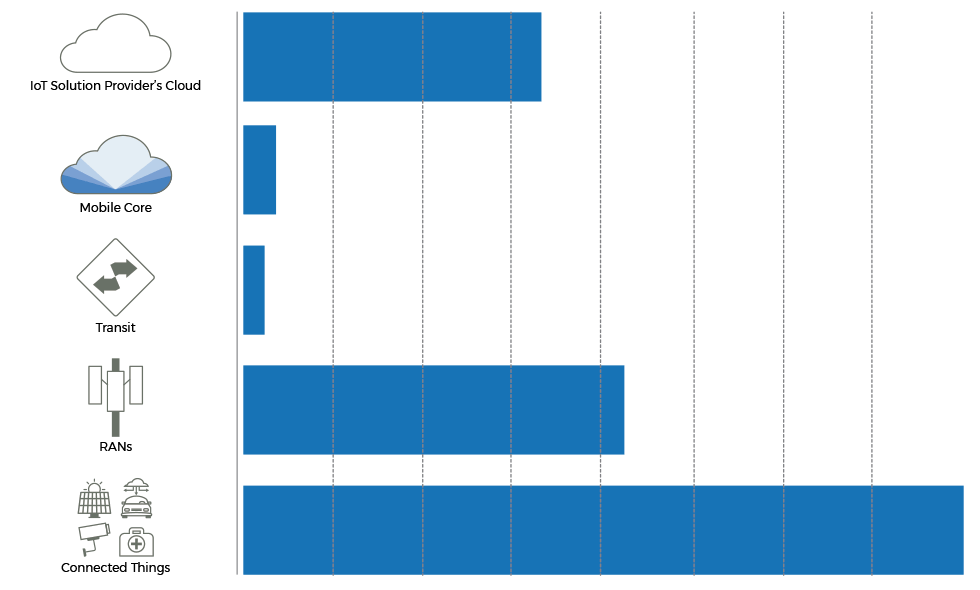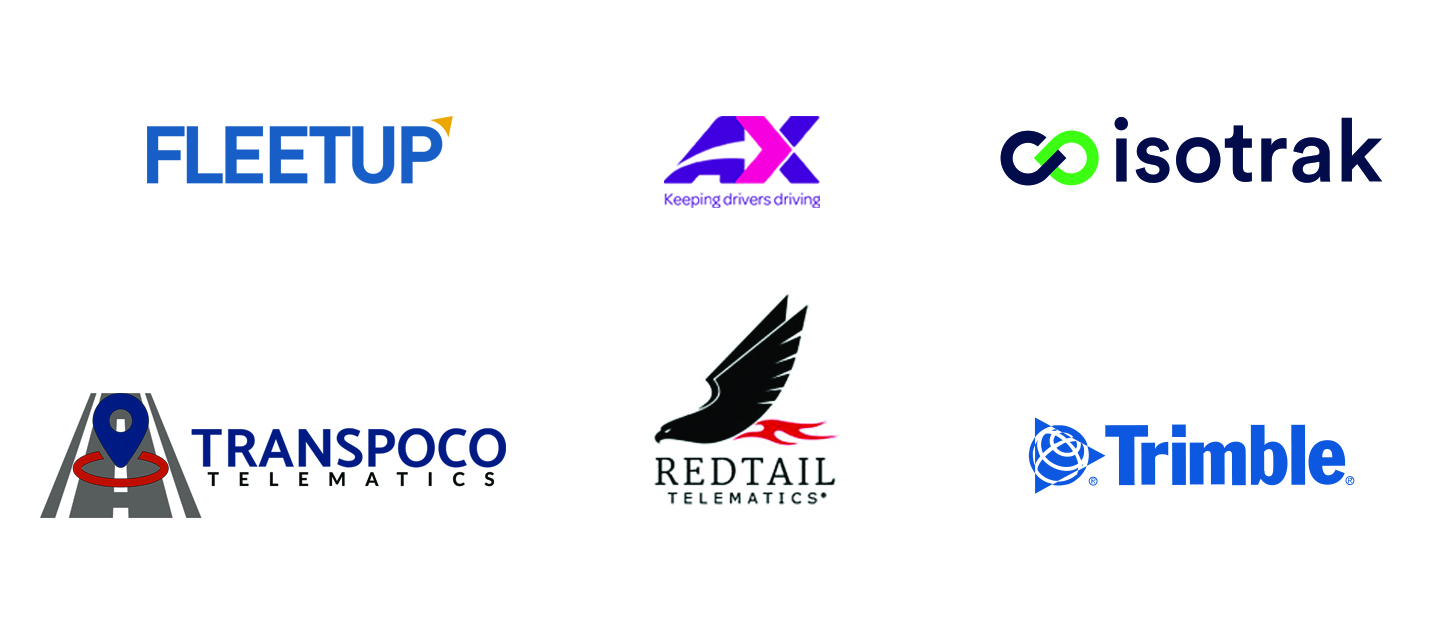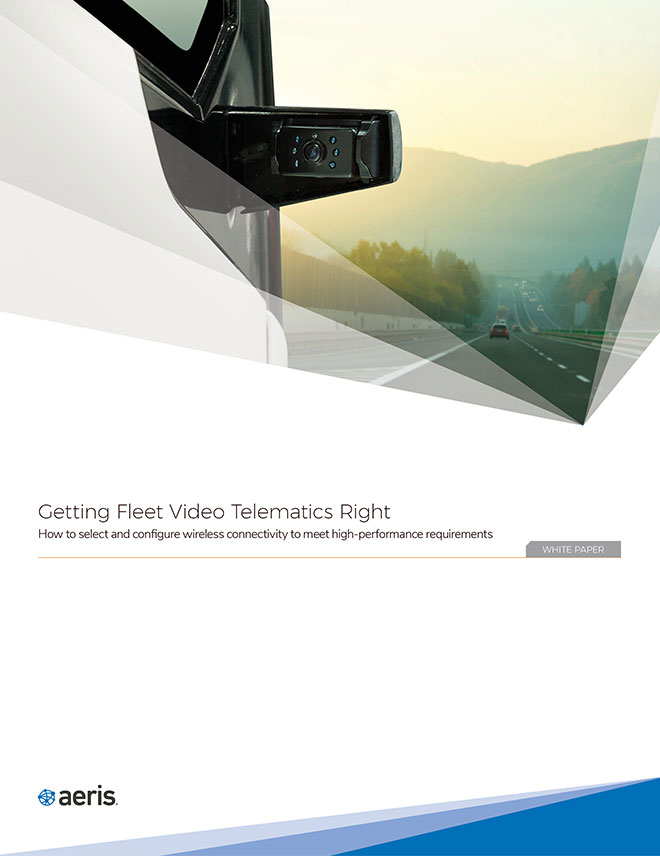Meeting fleet management objectives with video telematics — improving safety, security, driver support, and insurance-claim accuracy — is critically dependent on reliable, high-bandwidth connectivity
AT A GLANCE: Tapping the full potential of fleet video telematics requires high-performance cellular connectivity. In this brief, we outline best practices to help you select and configure wireless connectivity for success.

The use of video cameras in fleet management has grown substantially over the last few years. With video telematics solutions installed on more than 2 million vehicles worldwide, the safety, security, and cost control benefits they can deliver are well proven. Inward- and outward-facing cameras are helping fleet operators and drivers tighten security and prevent accidents, through 360° external visibility, continuous monitoring of driver behaviour, and the ability to detect driver distractions or drowsiness.
When incidents do occur, immediate upload of relevant video footage is an invaluable resource for emergency response, timely first notice of loss, clear fault resolution, logistics operations recovery planning and coordination, and driver training. In addition to the direct operational benefits, this growth has also been driven by new regional regulatory requirements now in force (such as the Direct Vision Standard in the UK) or on the near-term horizon.
These fleet video applications are supported by a thriving set of solution providers, offering a broad variety of well-evolved camera designs and software solutions, including reliable AI/ML-driven continuous identification and analysis of driver behaviours, surrounding vehicles, and road features.
In addition to superb cameras and advanced application software, tapping the full potential of fleet video telematics requires one more very critical component: high-performance cellular connectivity. As any experienced IoT solution developer will attest, this is a nontrivial requirement to fulfill. Our purpose here is to expand on the definition of that high-performance requirement, in the fleet video telematics context, and offer key lessons learned from our long experience in meeting it.
|
For fleet video telematics, cellular connectivity must meet a number of critical application-specific requirements:
|
|
|
Success in fleet video also involves meeting requirements that are essential for any IoT application that relies on cellular connectivity:
|
We at Aeris are deeply involved in the fleet telematics segment — the 2.1 million commercial vehicles to which we provide fleet management connectivity represent 15% of our 14-million-device customer base. Our approach to service in this segment is informed by 2 decades of experience.
We’ve learned lessons over the years that are critical to keep in mind as you design the connectivity element of your fleet video telematics solution:
|
Compared to simple mass-market consumer cellular devices and apps, complex enterprise IoT solutions are inherently more prone to issues, because of the greater number of software layers and sources involved in the end-to-end solution. |
|
|
Experience shows the issues that have the most frequent, high impact are rooted in the device at the edge and the application cloud (see figure). |
|
|
You must have clear visibility and control all the way down to the end device, remotely, since on-site repair is prohibitively costly. |

Source: Study of 163 Aeris connectivity-network tier 3 incident escalation and follow-up reports (20 16–2019). Impact combines breadth of issue (% of devices involved) and time to resolution. Generally, issues in device and solution cloud configuration, which can easily affect large portions or all of a customer’s devices, take longer to investigate and resolve (measured in days, in the worst cases) than RAN or core issues (measured usually in minutes and at most hours).
We’ve seen time and time again that full end-to-end visibility and control, along with application of deeply experienced resources who know how to put it all to proper use, can make a world of difference. A small selection of examples from our customers in fleet management:
|
Applied Configuration Best Practices 3x Speed of Video Upload |
A European video fleet telematics solution provider had been struggling with high latency in incident footage uploads with their previous connectivity provider. As we were onboarding them for use of the Aeris Fusion IoT Network, our team provided them individual device-level, real-time visibility into the step-by-step cellular protocol flows as their devices connected to the mobile network in order to upload. This highlighted the fact that the application code on their devices was configured with unnecessarily long wait times between network attachment steps, in an effort to avoid connection failures and retries. Implementing our best practices in device configuration for LTE network timing reduced their upload time by 70% The customer said “you’ve done more for our solution’s performance in two weeks than our previous provider managed to accomplish in two years!”
|
Rapid Issue Isolation Spares Millions in Overages |
Another telematics customer, supporting 500k vehicles across North America, ran into a large data usage spike on a quiet Tuesday morning — we notified them quickly that they had more than tripled their aggregate data consumption in a matter of minutes, approaching a rate of one terabyte per day! Our visibility into the IP addresses and traffic profiles of the endpoints with which their devices were communicating helped to quickly isolate the endpoint at issue. This led our joint investigation to the radio module vendor responsible for firmware that was failing to handshake correctly, creating a storm of continual retries. The faulty code had been distributed across their entire device pool through OTA updates, so our rapid isolation of this problem spared them considerable overages.
|
Performance Optimized Coverage Reduces Connection Failures By 20% |
A third connected-vehicle customer thoroughly tested our coverage-optimized multi-carrier network in North America in comparison to a leading MNO’s network, driving 1,000s of miles across a wide range of coverage conditions. They showed that our ability to control tower selection on the basis of best performance yielded 20% better coverage nationwide than the conventional MNO priority approach.




